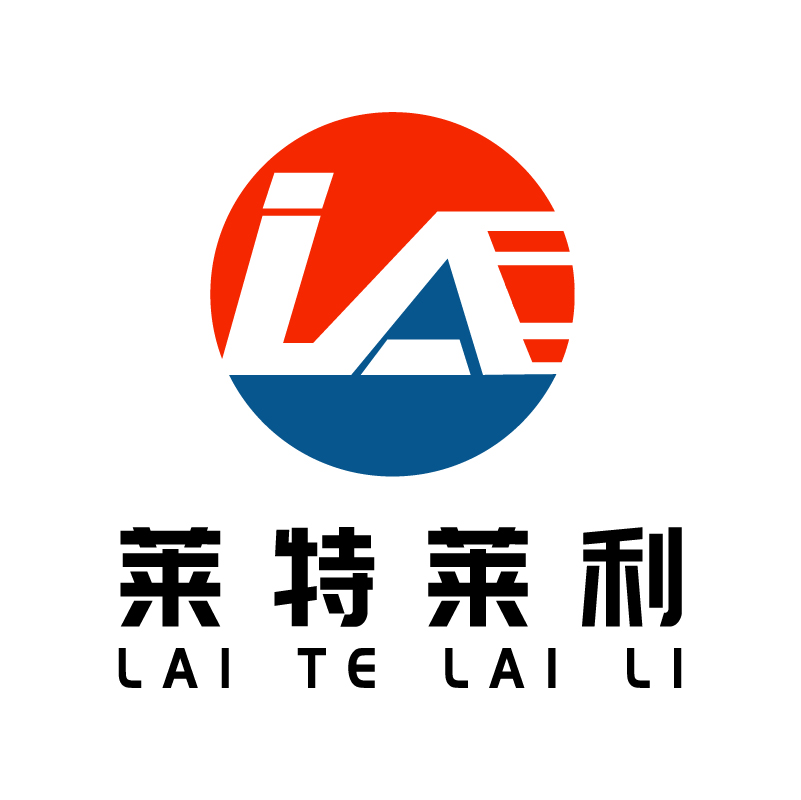How to match the color of BOPP synthetic paper according to the product characteristics?
Matching the color of BOPP synthetic paper according to product characteristics is a comprehensive problem involving brand identity, market positioning, consumer psychology and color theory. Here are some suggestions to help select the right color for BOPP synthetic paper based on product characteristics:
First, understand the product characteristics
First of all, you need to have a deep understanding of the characteristics of the product, including its function, purpose, target consumer groups and brand style. This helps determine the general direction of color matching.
Second,Basis of color theory
1.Color contrast: Color contrast refers to the contrast between different colors. In the 24 color ring, the greater the Angle between the colors, the stronger the contrast. For example, complementary colors such as red, green, yellow and purple are strongly contrasted and can produce a strong visual impact.
2.Brightness contrast: brightness contrast refers to the contrast of light and dark degree of color. High brightness color appears light and bright, low brightness color appears calm and heavy.
3.Saturation contrast: Saturation contrast refers to the vividness of the color contrast. High saturation colors are bright and eye-catching, while low saturation colors are soft and subtle.
Third, the principle of color matching
1.Brand consistency: Color matching should be consistent with brand image and style to strengthen brand identity.
2.Target consumer group: considering the age, gender, region, cultural background and other factors of the target consumer group, choose the color matching in line with its aesthetic preference.
3.Product use: Choose the right color matching according to the actual use of the product. For example, food packaging can choose warm, attractive colors to stimulate consumers' appetite; Technology product packaging may be more inclined to choose cool colors to convey a sense of technology and the future.
4.Market positioning: High-end product positioning may be more inclined to choose low-key, elegant color matching, while low-end products may pay more attention to the brightness and attractiveness of color.
Fourth, specific collocation suggestions
1.Food packaging: Warm, bright colors can be used, such as orange, yellow, etc., to stimulate consumers' appetite. At the same time, you can add some green or natural color elements to convey the concept of health and nature.
2.Electronic product packaging: can use cool or neutral color collocation scheme, such as blue, gray, etc., to convey a sense of science and technology and a sense of the future. At the same time, some metallic color elements can be added to enhance the grade of the product.
3.Cosmetics packaging: Soft and elegant colors can be used, such as pink, purple, etc., to attract the attention of female consumers. At the same time, you can choose the right color match according to the specific function and effect of the product, such as moisturizing products can choose fresh colors such as blue or green.
4.Environmentally friendly product packaging: natural color matching schemes such as green and brown can be used to convey the concept of environmental protection and sustainability. At the same time, some elements such as recyclable signs or environmental patterns can be added to strengthen the environmental properties of the product.
Fifth,Precautions
1.Avoid using too many colors: Too many color combinations may make the packaging appear cluttered and reduce the visual effect. It is recommended to use no more than three colors on the same package.
2.Consider the psychological effects of color: Different colors trigger different psychological effects. For example, red may trigger excitement and impulsiveness, while blue may trigger serenity and a sense of peace. Therefore, when choosing color matching, it is necessary to fully consider whether the psychological effect of color meets the needs of product characteristics and target consumer groups.
3.Follow the principle of color matching: When carrying out color matching, it is necessary to follow certain principles and norms to ensure the harmony and beauty of color matching. For example, contrasting colors can be used to highlight important information or attract attention. You can also use adjacent color collocation to create a harmonious and unified visual effect.
To sum up, the color of BOPP synthetic paper according to product characteristics needs to consider multiple aspects and follow certain color matching principles and norms. Through reasonable color matching can enhance the visual effect and attractiveness of the product to enhance the market competitiveness.


